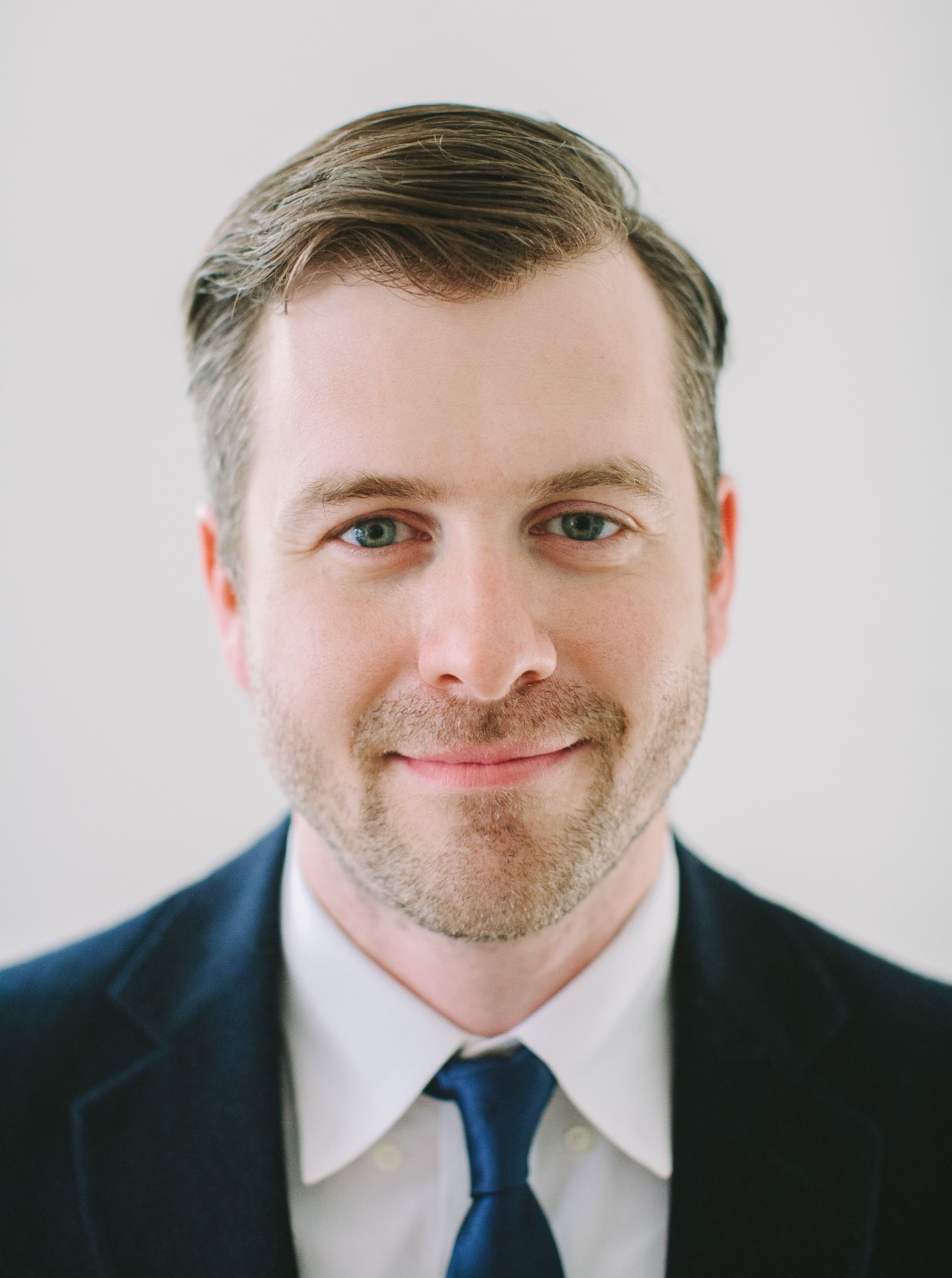Being proactive in pharmacy management is critical. During our pharmacy team strategy meetings, our focus is on getting ahead of the various trends and medication issues that we see across our book of business. When it comes to helping reducing time away from work following an injury and reducing claim spend, access to the right medications at the right time is crucial while also managing to prevent chronic use of high risk medications. Whether it’s a police officer that overdosed on illicit fentanyl due to inadvertent contact during a drug bust, or a teacher who is suffering from chronic back pain due to a severe fall, a comprehensive pharmacy program helps to ensure both scenarios are clinically handled in a timely fashion, and with a patient centered focus. Three key practices for an effective pharmacy program include the utilization of a trusted pharmacy benefit manager (PBM), custom and clinically minded formularies and, last but not least, clinician support.
Ensuring that an injured worker has easy access to needed and appropriate medications is an important first step. A PBM not only helps to ensure better pharmacy rates through their network, but the network also provides easy access so that a local pharmacy can be readily located. With a pharmacy card in hand (or even on their mobile device) from the PBM, the medication transaction can be easily adjudicated and dispensed so that the injured worker can start treatment immediately. Additionally, a good PBM will also provide the needed clinical checks on any medications requested to ensure safety.
Another critical tool that PBMs can provide is a clinically robust and custom drug formulary. Some states have had their own formularies in place for years and more and more states are considering them. However, PBMs have been using formularies for decades to prevent the use of medications that are not related to the injury or that are higher risk in nature and require review prior to dispensing. You can work with PBM vendors to develop custom formularies based on the injury type itself and the age of the claim. This will, for instance, help you understand the difference between the types of medications that are needed (or not needed) following a severe burn and the types of medications needed after the inhalation of toxic fumes or after a severe fall.
Lastly, being proactive means including clinicians in the process. Many of the more common medications used after an injury, such as opioids, muscle relaxants or sleep medications, will not only increase claim duration and cost but are also typically addictive and require tapering after only weeks of use. Clinicians, including specially trained nurses or pharmacists, can provide both the needed insight on medications along with better decision making on drug requests and tapering plans.
If you haven’t already, take on these proactive tools to better address pharmacy utilization and better care for your injured workers. These basic steps will go a long way in ensuring better care and outcomes.

By: Paul Peak
AVP Clinical Pharmacy, Sedgwick
Summary of Qualifications
Paul has worked for Sedgwick for approximately five years in supporting the Sedgwick Pharmacy Program.
Responsibilities
Paul is a pharmacist at Sedgwick and oversees both the pharmacy benefit manager (PBM) vendors as well as Sedgwick's clinical efforts and team of clinical pharmacists.
Business Experience
Prior to Paul's time at Sedgwick, he worked as a clinical pharmacist for Accredo, a specialty pharmacy. He also has pharmacy experience in both the retail and hospital sectors.
Education
Paul earned his Doctor of Pharmacy degree from McWhorter School of Pharmacy (Samford University)



